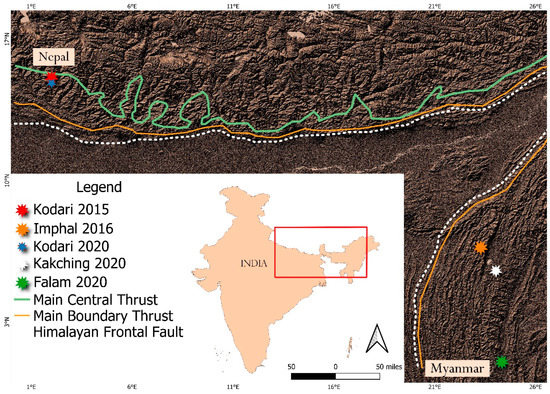Feature Papers in Quaternary Research
A topical collection in Quaternary (ISSN 2571-550X).
Viewed by 2883
Editors
Interests: fluvial geomorphology; morphological evolution; fluvial sedimentology; aeolian sediments; periglacial landforms
Special Issues, Collections and Topics in MDPI journals
Interests: palynology and paleoecology applied to plant ecology; evolution and biogeography
Special Issues, Collections and Topics in MDPI journals
Topical Collection Information
Dear Colleagues,
We are pleased to announce a Topical Collection entitled “Feature Papers”. This will be a collection of high-quality papers (original research articles or comprehensive reviews) from leading academics addressing the interdisciplinary nature of Quaternary Science. We welcome the submission of manuscripts from Editorial Board Members and from outstanding scholars invited by the Editorial Board and the Editorial Office, related to any of the diverse scientific disciplines covered by the scope of the journal: https://www.mdpi.com/journal/quaternary/about.
You are welcome to send short proposals for submissions to our Editorial Office ([email protected]) for evaluation. Please note that selected full papers will still be subject to a thorough and rigorous peer-review.
Prof. Dr. Jef Vandenberghe
Prof. Dr. Valentí Rull
Collection Editors
Manuscript Submission Information
Manuscripts should be submitted online at www.mdpi.com by registering and logging in to this website. Once you are registered, click here to go to the submission form. Manuscripts can be submitted until the deadline. All submissions that pass pre-check are peer-reviewed. Accepted papers will be published continuously in the journal (as soon as accepted) and will be listed together on the collection website. Research articles, review articles as well as short communications are invited. For planned papers, a title and short abstract (about 100 words) can be sent to the Editorial Office for announcement on this website.
Submitted manuscripts should not have been published previously, nor be under consideration for publication elsewhere (except conference proceedings papers). All manuscripts are thoroughly refereed through a single-blind peer-review process. A guide for authors and other relevant information for submission of manuscripts is available on the Instructions for Authors page. Quaternary is an international peer-reviewed open access quarterly journal published by MDPI.
Please visit the Instructions for Authors page before submitting a manuscript. The Article Processing Charge (APC) for publication in this open access journal is 1600 CHF (Swiss Francs). Submitted papers should be well formatted and use good English. Authors may use MDPI's English editing service prior to publication or during author revisions.








